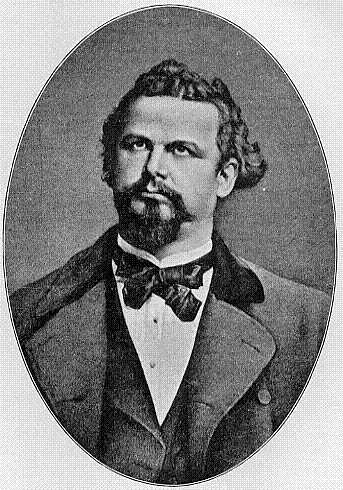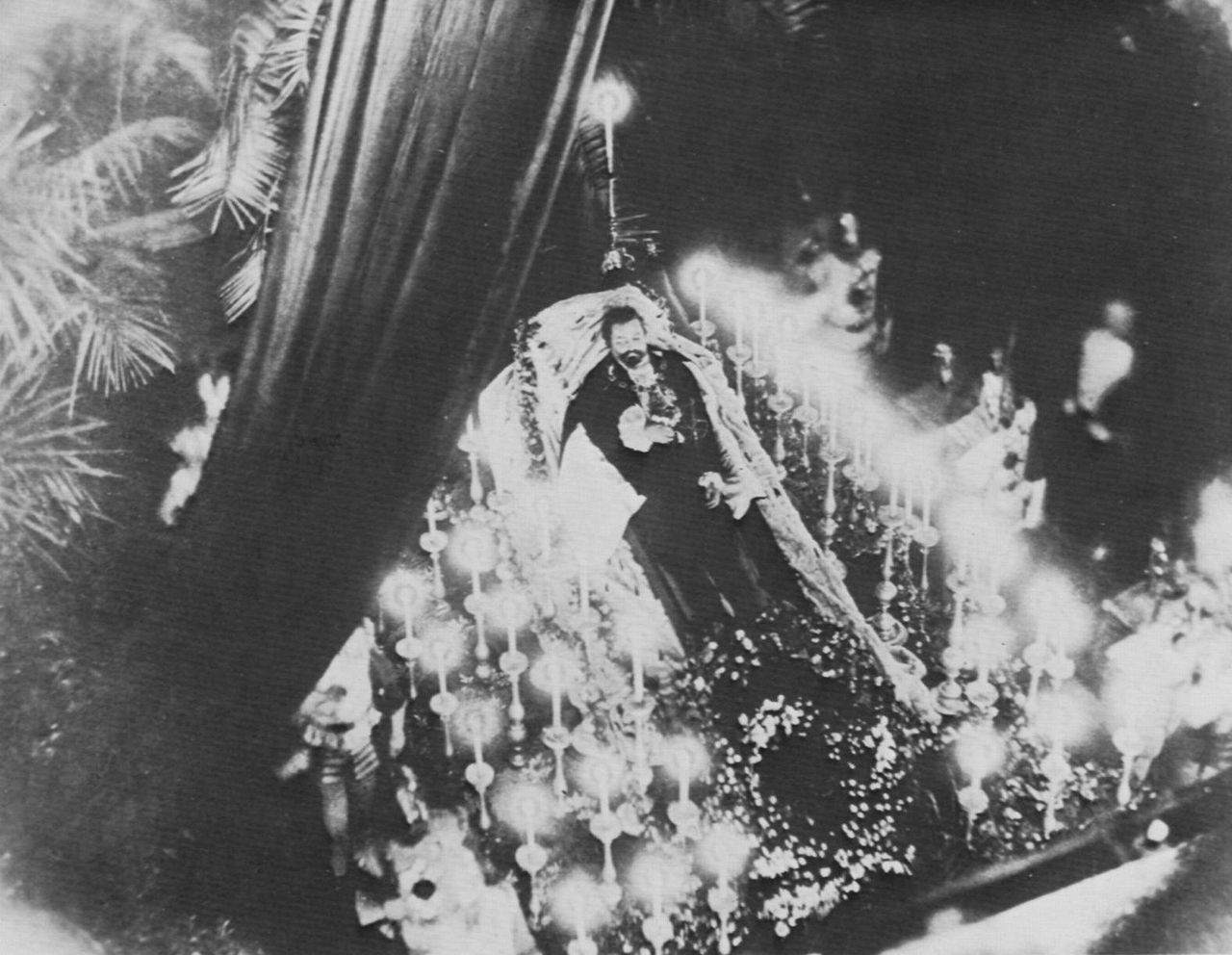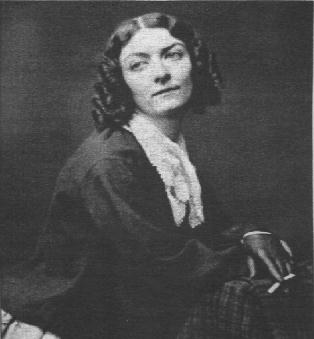by Susan Flantzer © Unofficial Royalty 2016

Mary de Bohun, Countess of Northampton, Countess of Derby: Credit – Wikipedia
Mary de Bohun was the first wife of King Henry IV of England and the mother of King Henry V of England, but she died before her husband became king. Mary was born around 1368 and was the second of the two children of Humphrey de Bohun, 7th Earl of Hereford, and Joan FitzAlan. Mary’s father, a descendant of King Edward I through his daughter Elizabeth of Rhuddlan, had become 7th Earl of Hereford after the death of his childless uncle Humphrey de Bohun, 6th Earl of Hereford, and he became one of the most powerful noblemen in England. Mary’s mother Joan FitzAlan was the daughter of Richard FitzAlan, 10th Earl of Arundel and 8th Earl of Surrey, one of England’s wealthiest nobles. He was a military leader, an admiral, and a loyal supporter of King Edward III of England.
Mary had one elder sister:
- Eleanor de Bohun (circa 1360 – 1399), married Thomas of Woodstock, 1st Duke of Gloucester, youngest son of King Edward III of England, had issue
When Mary’s father died in January 1373, his estates should have passed to his cousin Gilbert de Bohun because he had no sons. However, due to the influence of King Edward III, the estates of the 7th Earl of Hereford were divided between his two daughters. In 1376, Mary’s elder sister Eleanor married King Edward III’s youngest son Thomas of Woodstock, 1st Earl of Gloucester. The couple lived in Pleshey Castle in Essex and the young Mary lived there under Eleanor and Thomas’ care. She was instructed in religious doctrine in the hope that she would become a nun, which would cause her share of the de Bohun inheritance to go to Eleanor and Thomas.
However, John of Gaunt, the third surviving son of King Edward III and Thomas’ older brother, had other ideas. He arranged for Mary’s aunt to take her from Pleshey Castle to Arundel Castle, the home of her mother’s family. There, on July 27, 1380, Mary married John of Gaunt’s eldest son, 13-year-old Henry Bolingbroke, the future King Henry IV. Mary was 11 – 12 years old, and John of Gaunt had planned for the marriage to remain unconsummated until Mary was 16 years old. Mary and Henry disobeyed, resulting in Mary becoming pregnant at 14, but the infant lived only a few days.
Mary and Henry had six children:
- King Henry V of England (1386–1422), married Catherine of Valois, had one son King Henry VI of England
- Thomas of Lancaster, 1st Duke of Clarence (1387–1421), married Margaret Holland, no issue
- John of Lancaster, 1st Duke of Bedford (1389–1435), married (1) Anne of Burgundy, no issue (2) Jacquetta of Luxembourg, no issue
- Humphrey, Duke of Gloucester (1390–1447), married (1) Jacqueline, Countess of Hainaut and Holland, no issue (2) Eleanor Cobham, no issue
- Blanche of England, Countess Palatine (1392–1409) married Louis III, Elector Palatine, had issue
- Philippa of England (1394–1430) married Eric of Pomerania, King of Denmark, Norway and Sweden, no issue
Mary, age 25-26, died in 1394 at Peterborough Castle, giving birth to her last child, a daughter Philippa. There is much confusion about the date of Mary’s death and her burial place. Many sources say she was buried at St Mary de Castro in Leicester. Several years ago, I emailed Virginia Wright, the Historical and Heritage Adviser at St Mary de Castro, and here is what she said:
“Mary de Bohun was buried at St Mary of the Annunciation in The Newarke, not at St Mary de Castro. St Mary of the Annunciation was a Collegiate church, built as part of the religious enclave of The Newarke by the Earls and Dukes of Lancaster and was destroyed in the mid-16th century under the Dissolution of the Chantries Act of Edward VI. Parish registers were not compulsory until the late 16th century and no ‘day books’ or similar survive. St Mary de Castro was built as the chapel for Leicester Castle and later a parish church was added as a south aisle; today it is one combined church. There is a lot of confusion about the two churches. There is also a lot of confusion about what happened to the tomb of Mary de Bohun.”
I asked writer Susan Higginbotham, who has written historical fiction and non-fiction about medieval England, to check a source, and here is what she said: “According to Ian Mortimer in “The Fears of Henry IV,” the death date is disputed. He thinks that June 4 is more probable than July 4, given the evidence that Mary was buried on July 6. He concludes that all that is certain is that she died in June or very early July 1394.”
Mary’s husband survived her for nineteen years, dying in 1413. In 1399, he usurped the throne from his first cousin King Richard II of England, and became the first Lancaster king. King Henry IV made a second, childless marriage to Joan of Navarre in 1403. Mary and Henry IV’s eldest son reigned as King Henry V from 1413 – 1422.
This article is the intellectual property of Unofficial Royalty and is NOT TO BE COPIED, EDITED, OR POSTED IN ANY FORM ON ANOTHER WEBSITE under any circumstances. It is permissible to use a link that directs to Unofficial Royalty.
England: House of Lancaster Resources at Unofficial Royalty


































